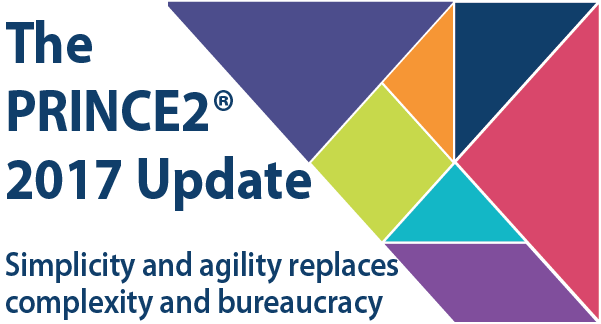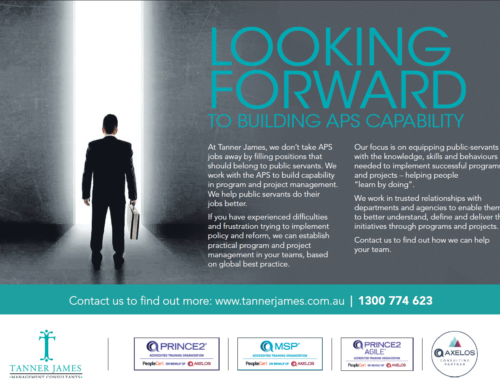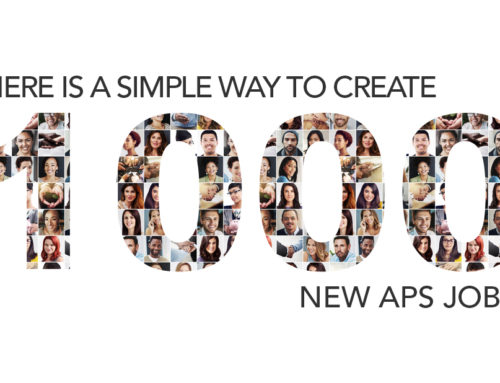Whether you have had great success with PRINCE2® or has struggled with practical application of the method, the 2017 update offers tremendous potential to improve how your projects are managed.
I personally introduced PRINCE2 to Australia twenty years ago. Since then some departments and agencies have had great success with PRINCE2; others perceive it as complex and bureaucratic.
This month AXELOS is publishing a new 2017 edition of the PRINCE2 guidance, in addition to updating both the Foundation and Practitioner examinations. I was a member of the global advisory board that developed the requirements for the update and reviewed the drafts.
The last PRINCE2 update in 2009 made the method more tailorable and scalable. Nonetheless individuals and organisations took widely differing views about how much of PRINCE2 they need to implement, and what it should look like in practice.
The 2017 update has clarified these things.
Simplicity not Complexity
Think PRINCE2 is all about process and templates? Think again.
Here are some quotes from the PRINCE2 2017 manual itself to whet your appetite:
- “If PRINCE2 is not tailored, it is unlikely that the project management effort and approach would be appropriate for the needs of the project.”
- “Processes may be combined or adapted.”
- “Requiring each project manger to work directly from PRINCE2 to create a management approach and controls for each project is wasteful.”
- “Reports do not need to be documents.”
- “The overarching objective for adopting PRINCE2 should be to improve business performance”.
The 2017 update features extensive guidance on tailoring, organisational adoption and application in practice. It explains exactly how the method can be used for agile projects, simple projects, projects in a programme, and projects involving commercial suppliers.
Agility not Bureaucracy
PRINCE2 doesn’t work with Agile, because it is waterfall, right? Wrong. Very wrong. PRINCE2 has never been “waterfall”, and so has always been compatible with agile, but the 2017 update explains exactly why.
The 2017 edition of the PRINCE2 Manual contains 125 – yes you read that right – separate references to, and explanations of, projects using an agile approach.
Here are some more direct quotes from the manual:
“Agile has a very strong focus on principles. The Agile Manifesto (2001) and most of the agile frameworks and methods all promote a set of principles in some form. PRINCE2 principles align with these principles and are complementary to the agile way of working. Some of the PRINCE2 principles are ‘very much agile’, such as continued business justification, learn from experience, focus on products, manage by stages, and manage by exception; the last being synonymous with giving people autonomy and empowerment.”
“PRINCE2 management stages can be aligned with a series of sprints or releases, introducing management control points to support a fail fast environment. In situations that have a higher risk or higher uncertainty, the management stages can be of a much shorter duration.”
“Product descriptions (sometimes written as epics or user stories), quality criteria and quality tolerances can be prioritized and decomposed to provide flexibility in what is being delivered.”
“What does ‘fail fast’ mean? Using timeboxes/sprints in agile delivery enables fast detection of possible failure of products. This fail fast effect reduces waste of resources and can be a useful learning experience.”
Want to know about the PRINCE2 2017 update?
If you would like to hear about the update, please call me personally on 0407 404 688 or email me at john.howarth@tannerjames.com.au. I would be very happy to come to meet you, answer questions and provide further information.
What do you think?
Please feel free to comment on the blog itself or via LinkedIn.






Leave A Comment